#edward lascelles
Text
Great-grandchildren of Mary, Princess Royal and Countess of Harewood
via George Lascelles, 7th Earl of Harewood → David Lascelles, 8th Earl of Harewood
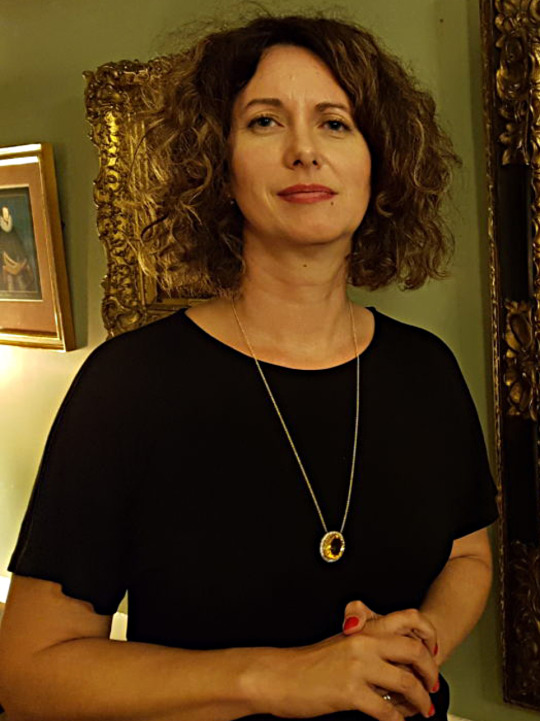



Lady Emily Tsering Lascelles Shard (1975)
Benjamin George Lascelles (1978)
Alexander Edgar Lascelles, Viscount Lascelles (1980) heir-apparent to the earldom
Hon. Edward David Lascelles (1982)
#i want to make this a series#the extended fam#hmm#mary princess royal#countess of harewood#henry lascelles#6th earl of harewood#lady emily shard#benjamin lascelles#alexander lascelles#edward lascelles#great-grandchildren series
24 notes
·
View notes
Text
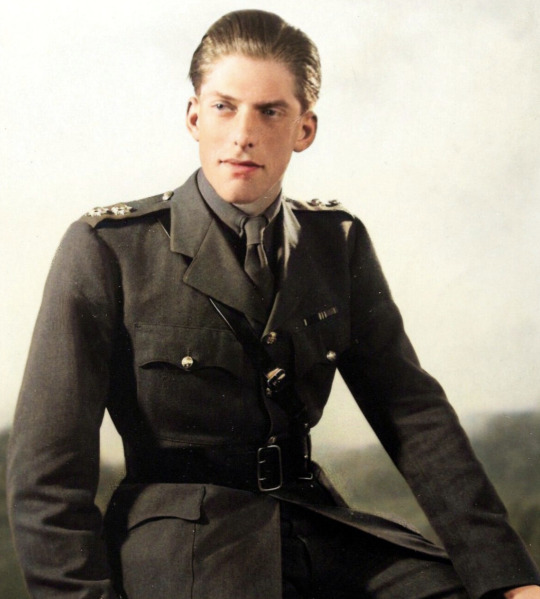
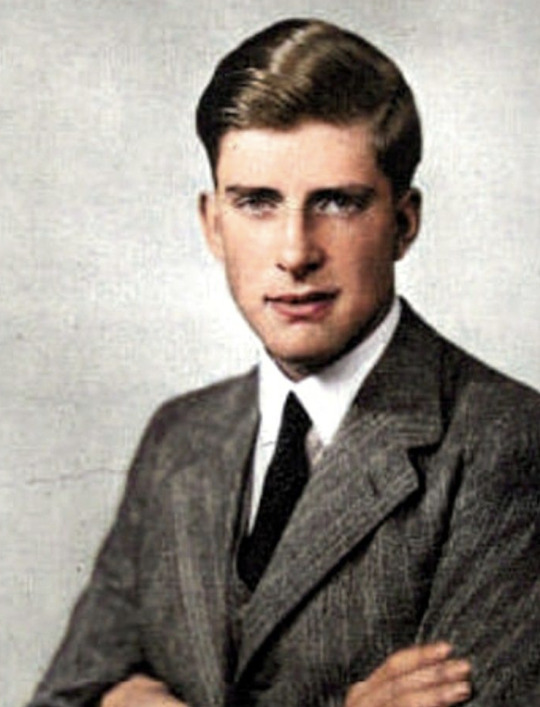



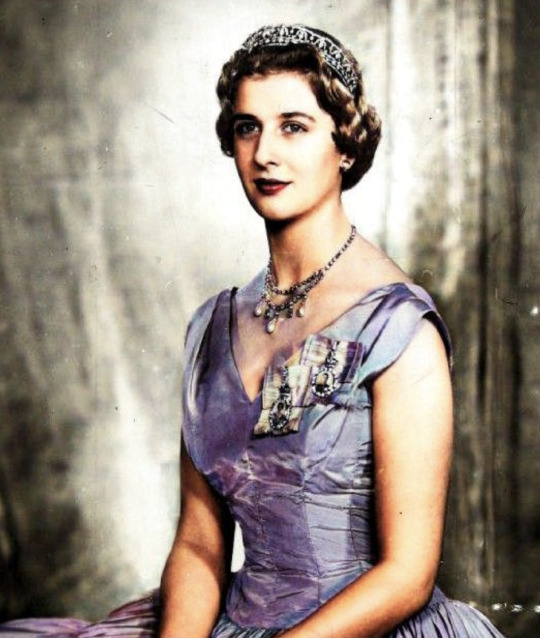

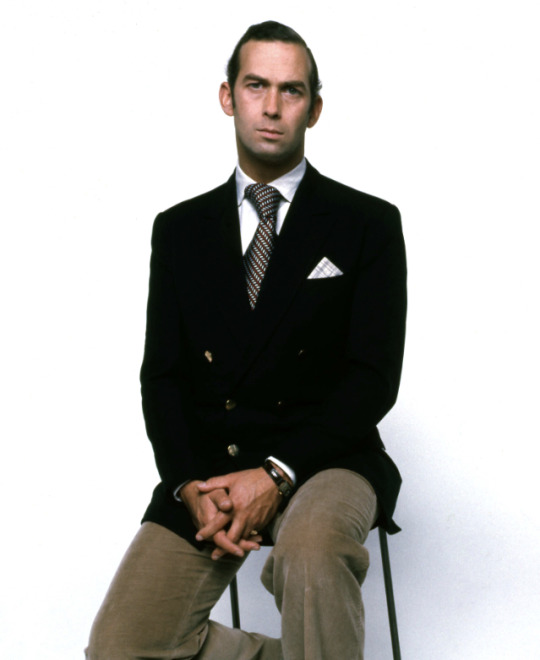

Grandchildren of TM King George V & Queen Mary:
George Lascelles, 7th Earl of Harewood (1923-2011)
The Hon Gerald Lascelles (1924-1998)
HM Queen Elizabeth II (1926-2022)
HRH Princess Margaret, Countess of Snowdon (1930-2002)
HRH Prince Edward, Duke of Kent (1935 -)
HRH Princess Alexandra of Kent (1936 -)
HRH Prince William of Gloucester (1941-1972)
HRH Prince Michael of Kent (1942 -)
HRH Prince Richard, Duke of Gloucester (1944 -)
#queen mary#queen mary of teck#king george v#george v#elizabeth ii#queen elizabeth#queen elizabeth ii#princess margaret#george lascelles#earl of harewood#viscount lascelles#gerald lascelles#duke of kent#prince edward#prince michael#prince michael of kent#princess alexandra#princess alexandra of kent#prince william#prince william of gloucester#prince richard#duke of gloucester#brf
143 notes
·
View notes
Text
The Sunday Pictorial - May 18, 1947

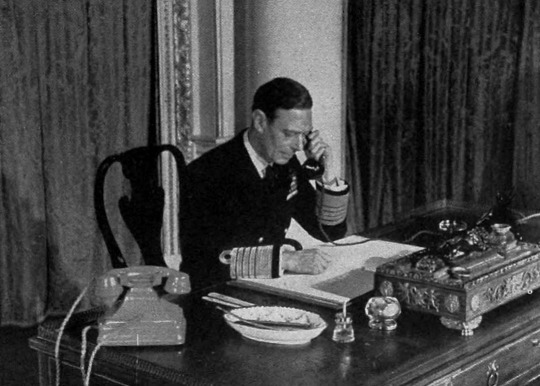
By a Special Contributor to the ‘Sunday Pictorial’
The tumult and the shouting dies. But for the King there can be no relaxation. When the cheering crowds disperse and go home, he has a tedious exacting job to do at his desk.
Throughout Britain this week the talk has been of our King and Queen. When they left for South Africa they were envied their promise of sunshine and non-austerity food.
Then, day after day, we heard of them giving a reception here, auditions there... It was work, hard work.
And now they are back… to work again in surroundings so familiar that they lack the excitement and glamour of the young Dominion.
Passers-by, looking up at the Royal Standard floating above Buckingham Palace, know that the King is back in London and try to imagine what he is doing. But all that emerges from behind those grey stone walls is a dull, factual Court Circular, with its list of people received, Privy Councils held, and ladies and gentlemen in attendance.
Now let’s go through the tall, double glass doors of the Privy Purse, the ‘business’ entrance of the Palace, on your right as you face it from the Mall, and see how the King’s day is planned, how the head of the Empire does his work.
In general control of the King’s official activities is his private secretary, holder of an office that has grown in importance greatly during the past three reigns until today it is often referred to as that of the ‘Sovereign’s Personal Prime Minister.’
The present private secretary is sparsely built, quizzical Sir Alan Lascelles, who holds the office not because he is first cousin to the Earl of Harewood, the King’s brother-in-law, but because of his long record as a servant of the Crown. He was assistant private secretary to the Duke of Windsor when he was Prince of Wales, private secretary to the Governor-General of Canada, and assistant private secretary to George V, Edward VIII and George VI.
Always an early riser, Sir Alan walks over from his house at St. James’s - which he has rent free as part of his salary - just after nine, and is firmly seated at his desk, with a good idea of the news of the day, by nine-thirty. At any moment after that a bell may ring, and an old-fashioned card indicator on the wall falls, showing the words ‘The King.’
Then Sir Alan, known to the King and Queen and to everyone else at the palace as Tommy, ‘goes up’ to the King. Those words are literally as well as constitutionally true, for the King’s business room - he does not call it his study - is on the first floor.
With the King, Tommy will go through the latest dispatches and messages from our Ambassadors abroad, reports from Whitehall, minutes from various Government departments, ‘submissions’ from the Prime Minister and from the Premiers of the Dominions, each of whom has the right of direct approach to the King.
Tommy knows more of what is going on all over the Empire and the world than anyone else, except the King. That’s part of his job.
It is his task to advise the King on every kind of problem, from whether he should accept an invitation to open an agricultural show, to what he should say in a Christmas broadcast, or whether and how he should intervene in some major crisis in public affairs.
Under Sir Alan are two assistant private secretaries, who take on the routine work, fixing details of programmes for provincial visits by the King and Queen, arranging for audiences and so on.
Part of their task is to furnish a short ‘aide-memoire’ for the King about everyone whom he receives in audience. The King has a really remarkable memory for faces and names, but he cannot be expected to remember details of each man’s career, of the interests and attainments of everyone he meets.
Another of their responsibilities is to furnish rough outline material for the King’s speeches, material which the King himself will later review and arrange.
Altogether there are about forty-five active members of the Royal Household in daily attendance at the Palace, not counting another fifty or more extra equerries, ushers, chaplains and holders of political appointments to the Household. They are the men - and women - who comprise the Court of St. James’s, the wheels in the smooth-running machine of British monarchy.
Today the Palace is run not as a great gentleman’s house, with everything in profusion regardless of cost, and kindly but not over-efficient amateurs holding important jobs, but on strict business lines.
In any business house it is true that if the boss is slack or unpunctual, the rest of the staff are likely to fall off in efficiency. That is true at the Palace as well, and the ‘boss’ - the King - is as hard working, as early rising as anyone on his staff.
Seven-thirty is his normal hour for rising, and he has his simple breakfast alone - bacon is his favourite dish, but the ration does not always run to it. Immediately afterwards he walks into his ‘business room,’ unlocks the red-leather dispatch boxes which have been brought in by the Page of the Presence - an old and trusted Palace servant - and settles down to read.
His papers may include a secret report from a British ambassador on the state of war-preparedness in the country to which he is accredited, and a memorandum on the miners’ attitude to nationalisation of the coalfields, as well as half a dozen other important matters. All of these the King reads and digests.
Presently he rings for his secretary, and the long morning procession begins, to end before lunch with perhaps a new ambassador coming to present his ‘letters of credence’ or a new bishop to do homage on bended knee before the secular head of the Established Church, or an Empire statesman or an outgoing Governor-General to have audience and stay to lunch.
Almost every day the King and Queen lunch together, usually with Princess Elizabeth at table as well, and over lunch the family discuss their plans, arrange theatre parties or dances, talk over the coming week-end at Royal Lodge, and chat of the everyday familiar things that are part of any family’s life.
If there are important State guests at luncheon, the talk is naturally on a more serious plane, and Elizabeth, who meets as many of the important Palace visitors as possible, as part of her training, joins in the conversation.
After luncheon, the King likes to take a short stroll in the Palace gardens, sometimes with Elizabeth and her Corgi dog, sometimes alone. Then it is back to his desk till tea time.
Tea is another family gathering, after which, there is usually a final audience the King must give to the Prime Minister, the Foreign Secretary, or some other highly placed member of his Government.
Between then and dinner, the King sits at his desk tidying up the odds and ends left over during the day: for he is a man with a tidy mind, as befits a former naval officer, and he cannot bear leaving over things unfinished till the next day.
Often it is seven-thirty before he is finished - and that means that one or other of the secretaries, if not all three, is still on duty - and the royal dinner is served at eight.
There is just time to bath and dress - the King nearly always wears a dinner jacket and black tie - before he joins the Queen and the Princesses for what they all regard as the pleasantest part of the day.
In armchairs, the King and Queen and their daughters like to sit, the King reading a light book for relaxation, or looking at a sporting magazine, the Queen knitting or doing embroidery, and the Princesses reading or studying.
Even then, the King is not off duty. At any moment there may be a telephone call from Whitehall, a Government messenger may come to the Palace with urgent dispatches which the King must see at once.
Then the private line to Tommy’s house over at St. James’s comes into action, and if the matter is one of real gravity, the King’s secretary will leave his own home and rejoin his master for a conference that may go on till midnight.
For being the King-Emperor is a full-time job. He is, indeed, the servant of his own subjects and he is ready always to turn from his own recreations to the duty which is not of his own choice, but which he has accepted at all times with unflagging zeal.
29 notes
·
View notes
Note
Can you explain the Queen Mother and Princess of Wales with the two gentlemen post please?
Yah sure sweetie, the man in the first b&w pic is Tommy Lascelles (his actual name was alan).
He was a private secretary for George vi, then qeii. One of the first people to smell Edward viii's BS from miles away. He was a very big player at the palace and very instrumental when it came to tough decisions. He was also one of Queen mum's most trusted people. Her right hand man basically, she depended a lot on his advice. You can say she had a lot of her 'devious' work done by him bts. If she wanted something done then Tommy was the guy to make it happen.
And the second pic beneath him is of Jean Christophe Gray, will's private secretary who came up with the 'recollections may vary' line which Catalina pushed for to be added into the statement.
So the post is actually comparing the relationships between the two pairs and how JCG and Cat working together to get shit done in the monarchy is similar to Tommy and the Queen Mum scheming together to make sure there is a monarchy.
24 notes
·
View notes
Note
I just finished reading traitor king by Andrew lownie highly recommend and tbh it’s eerie the similarities btwn edward viii and Harry. RF just needs to take a leaf out of its own journal— when edward left he would call and cry and complain to George vi for hours asking for money and security. Eventually, George vi called up the Buckingham palace switchboard and said “never let my brothers calls come through to me.” Then, he shirked all correspondance with Edward to the government and made it their problem with Tommy Lascelles to iterate the RF’s wishes to the gov. That is all KCIII needs to do. All of Harry’s communications should go to White Hall or Number 10 and they should consult Sir Clive for KCIII
100%. Stop giving Harry the ammunition, because that's what every invitation to a family event does. Even the walkabout after the Queen's death has been thrown back in William's face.
59 notes
·
View notes
Photo

Sir Joshua Reynolds (English, 1723 - 1792)
Mrs Hale as Euphrosyne in 'L'Allegro', ca. 1762 - 1764
Harewood House, Yorkshire, UK
A full-length portrait of Mary Chaloner (c.1743 - 1803), sister-in-law of Edward Lascelles, 1st Earl of Harewood. The sitter is depicted as Euphrosyne, one of the Three Graces, the Grecian personification of good-cheer, joy and mirth. She wears a white semi-classical dress with sandals and a posy of rose and honeysuckle at her chest. Mrs Hale is represented in dancing movement, while behind her children are dancing and playing musical instruments.
The painting was completed in 1763, a year after the marriage of Mary Chaloner to Colonel John Hale. Mary's sister was Anne, who married Edward Lascelles in 1761.
#art#european art#allegorical art#english art#england#english#Mrs Hale as Euphroseyne#Mrs Hale as Euphrosyne in L'Allegro#fine art#fine arts#oil painting#europe#european#europa#hard to find#world history#european history#western civilization#brunette#britain#regency#english history#england history
29 notes
·
View notes
Text
Tag game
I was tagged by @mrs-storm-andrews thank you very much! Please forgive me for venting and ranting all over the place.
Last song: I don't know, probably something from the Barbie Movie
Currently watching: The Wire, The Office. Both are amazing, but I especially like The Office, because now I see my workplace in a different light and I don't care that much about things.
Currently listening: Jólvanezígy podcast (It all right or Its good enought if you want to translate it) very funny Hungarian podcast about the Hungarian reality. Its super funny, but after a while you got depressed because it is too real.
Currently reading: Traitor King, its about Edward VIII. I think Thomas Lascelles called him a soulless changeling once. And I was like nay, it is too harsh. But now I kinda see him as an amoral fairy. Like he is small, likes gardening, wears bright colours, does lots of weird and questionable things, and sometimes he is just so unbeliavable mean Like why you had to take the pearls from that little girl???? This is some fairy shit.
Current obsession: Thomas Howard, still him, yep, very much him. The 3rd Duke of Norfolk came to my knowledge in 2016 and lives in my head since. I still making projects with/about him. I recently started to write a crime story for fun and put him there for fun (he is not the murderer, but everyone thinks he is the murderer because HE LOOKS LIKE A VILLAIN. I think Ford Maddox Ford wrote something along the line about him like, he looks evil there he must be evil.)
I am tagging @wedonnotcare @maximumphilosopheranchor @motherofkittens94 @chansondesalleurs and of course everyone who would like to do this.
3 notes
·
View notes
Text
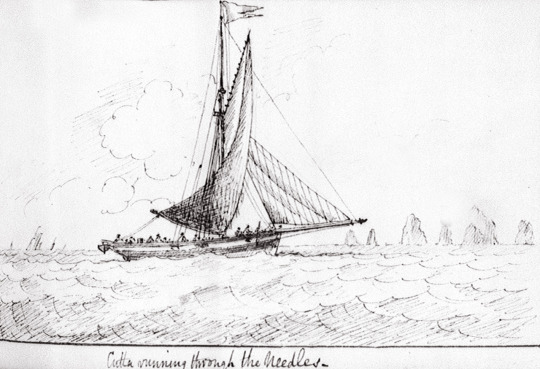
In the meantime, it was dark; the cutter flew along the coast; and the Needles' lights were on the larboard bow. The conversation between Cecilia, Mrs. Lascelles, and her father, was long. When all had been detailed, and the conduct of Pickersgill duly represented, Lord B. acknowledged that, by attacking the smuggler, he had laid himself open to retaliation; that Pickersgill had shewn a great deal of forbearance in every instance; and, after all, had he not gone on board the yacht she might have been lost, with only three seamen on board. He was amused with the smuggling and the fright of his sister; still more, with the gentlemen being sent to Cherbourg; and much consoled that he was not the only one to be laughed at.
— Frederick Marryat, The Three Cutters
Cutter running through the Needles, drawing by Lt. Edward Bamfylde Eagles, circa 1840.
#frederick marryat#captain marryat#age of sail#cutter#the three cutters#the needles#edward bamfylde eagles#naval art#english literature#british literature#one of my personal favourites of marryat's books
5 notes
·
View notes
Text
Great-grandchildren of Mary, Princess Royal and Countess of Harewood
via George Lascelles, 7th Earl of Harewood → Hon. James Edward Lascelles

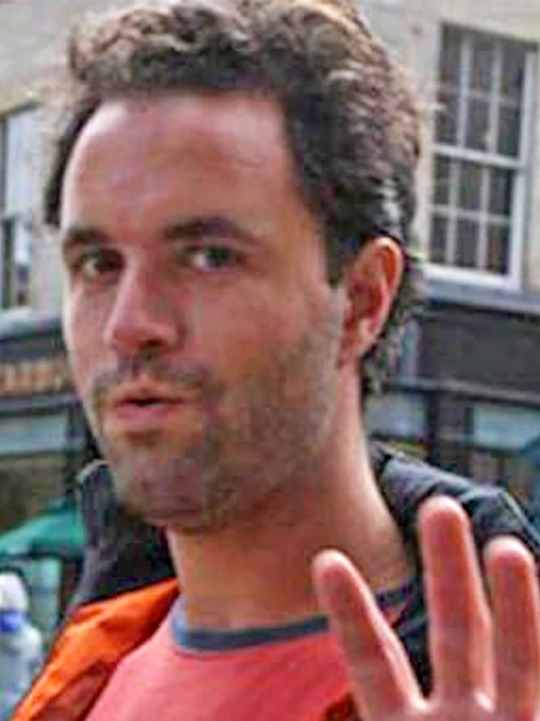


Sophie Amber Lascelles Pearce (1973)
Rowan Nash Lascelles (1977)
Tanit Lee Lascelles (1981)
Tewa Ziyane Robert George Lascelles (1985)
#apparently rowan is VERY problematic#a persistent offender#police tried to ban him from a London borough#sophie is a photographer based in the uk#tanit is a production manager and producer based in the us#she worked under Ryan Seacrest Productions#although it says in her profile that she moved to london#tewa is american#he's a punk guitarist#makes me think what the future holds for the annelets#the extended fam#mary princess royal#countess of harewood#henry lascelles#6th earl of harewood#sophie lascelles#rowan lascelles#tanit lascelles#tewa lascelles#great-grandchildren series
9 notes
·
View notes
Text
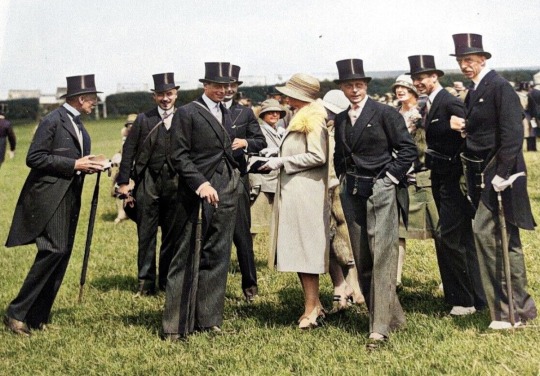
Members of the British Royal Family including Prince George, Prince Henry, Princess Mary, The Prince of Wales (future Edward VIII), Prince Albert (future George VI), and Viscount Lascelles. Circa 1928.
#king george vi#George vi#duke of york#Prince Albert#king Edward viii#Edward viii#Duke of Windsor#prince of wales#prince Edward#prince George#duke of kent#prince george duke of kent#prince Henry#prince Harry#duke of gloucester#Princess Henry Duke of Gloucester#Princess Mary#Princess royal#Princess Mary princess royal#countess of harewood#viscountess lascelles#viscount lascelles#Earl of Harewood#lord Harewood#Henry lascelles#1920s#brf
29 notes
·
View notes
Text
Prince Alastair, 2nd Duke of Connaught, Earl of Sussex
Such an interesting story & gossip that went around. Wikipedia can be a great source of info on these old titles and long dead folk.
Alastair Arthur Windsor, 2nd Duke of Connaught and Strathearn (9 August 1914 – 26 April 1943) was a member of the British Royal Family. He was the only child of Prince Arthur of Connaught and Princess Alexandra, 2nd Duchess of Fife. He was a great-grandson of Queen Victoria through his father and a great-grandson of Edward VII through his mother.
In 1942, he became the second Duke of Connaught and Strathearn and Earl of Sussex when he inherited his grandfather's title.. The Earl of Sussex title is now extinct.
He was assigned to Ottawa as aide-de-camp to his kinsman the Earl of Athlone, then Governor General of Canada. The Duke died in 1943 at the age of 28 "on active service" in Ottawa, Ontario, Canada, in unusual circumstances. Newspapers at the time reported that he died of "natural causes. Another report was that the Duke "was found dead on the floor of his room at Rideau Hall on the morning of 26 April 1943. He had died, apparently, from hypothermia." The diaries of Sir Alan Lascelles, King George VI's private secretary, published in 2006, recorded that both the regiment and Athlone had rejected him as incompetent, and he fell out of a window when drunk and perished of hypothermia overnight.
The current accepted account of the Duke's death seems to be falling out a window too drunk to get up & froze. What a way to go, drunk off your ass & frozen.
3 notes
·
View notes
Text
“Edward Seymour had been one of the first to hear Lascelles’ allegations against Catherine Howard and he had advised Cranmer to pursue them and reveal all to the King. He could hardly have done otherwise, but Surrey seems to have taken his actions to heart.”
— Jessie Childs, Henry VIII’s Last Victim
0 notes
Text
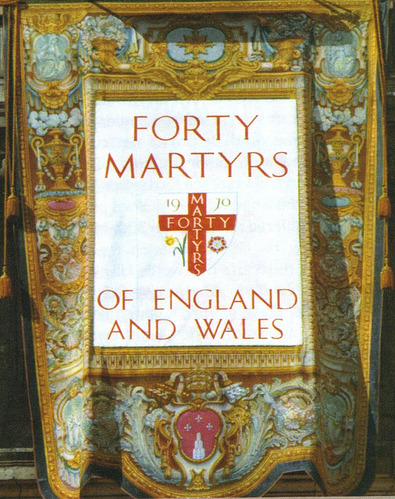
SAINTS OF THE DAY FOR APRIL 13
Bl. Edward Catheriek, 1642 A.D. English martyr. He was born at Carlton, near Richmond, Yorkshire, England, and educated at Douai, France. He returned to England in 1635 as a missionary priest and worked there until his martyrdom at York. Edward was beatified in 1929.
Bl.. John Lockwood, 1642 A.D. English martyr, sometimes called John Lascelles. He was born in Sowerby, Yorkshire, and went to Rome to study for the priesthood as a mature man. He was ordained in 1597 returned to England the following year. He was arrested and banished in 1610 but returned to work until his arrest in 1642. At the age of eighty-one, he was hanged, drawn, and quartered at York with Blessed John Catherick. John was beatified in 1929.
ST. MARTIN I, POPE AND MARTYR-Pope Saint Martin I, Roman Catholic Pope and martyr who stood up for the right of the Church to establish doctrine even in the face of imperial power. Feastday April 13
ST. HERMENEGILD, MARTYR, Prince of Visigothic Spain, and martyr. He was the son of Leovigild the Visigoth, king of Spain, and was raised as an Arian. His wife, Indegundis, converted him from that heresy, which brought about his disinheritance by Leovigild and his defeat at
Seville, Spain, by his father. When Hermenegild refused to accept Arianism, he was axed to death. April 13
St. Caradoc, 1124 A.D. Welsh hermit and harpist. He served a local king in southern Wales before becoming a hermit at St. Cendydd Church in Gower, later taking up residence on Barry Island at St. Issels. Forced into exile by Henry I's invasion of the re-gion, Caradoc went to Haroldston, where he occupied the cell of St. Ismael.
St. Gunioc, 838 A.D. Scottish bishop who is recorded in the Aberden Breviary.
0 notes
Photo
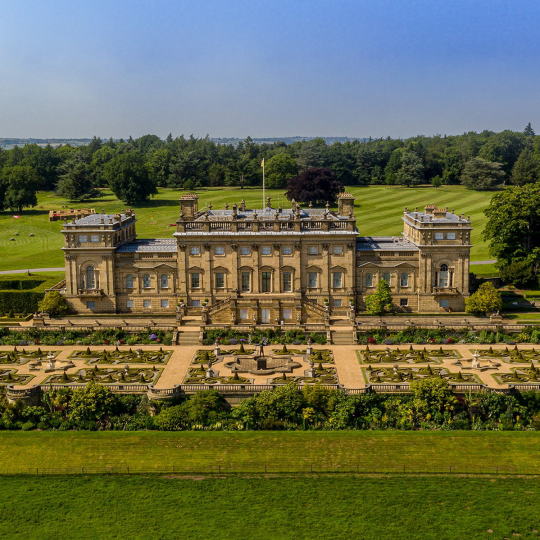

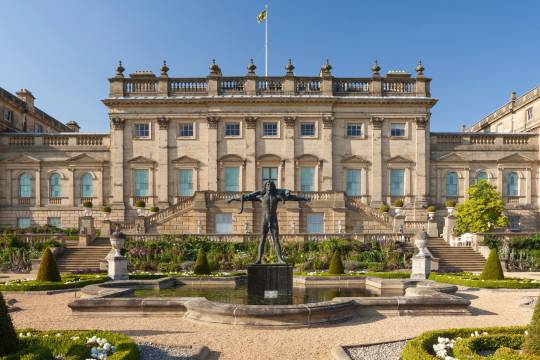



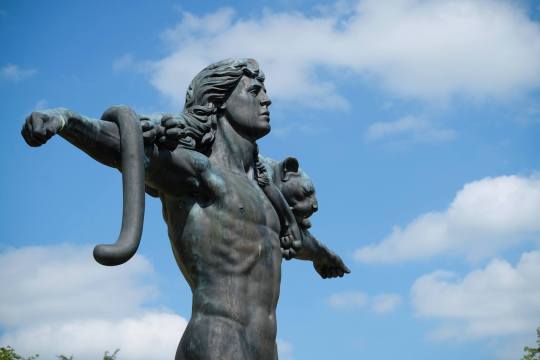



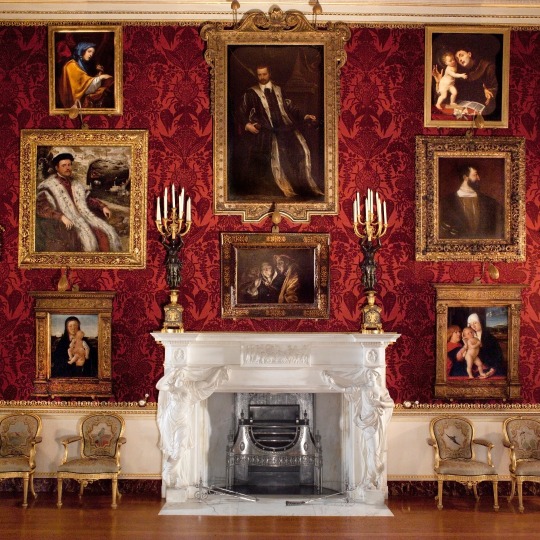
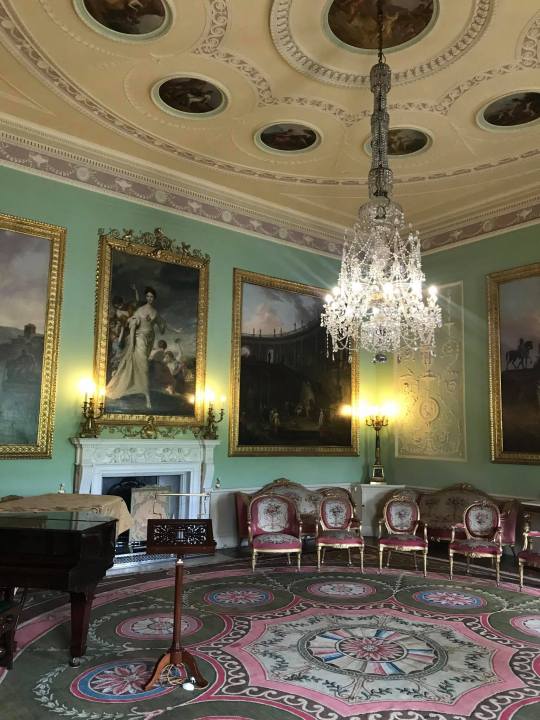
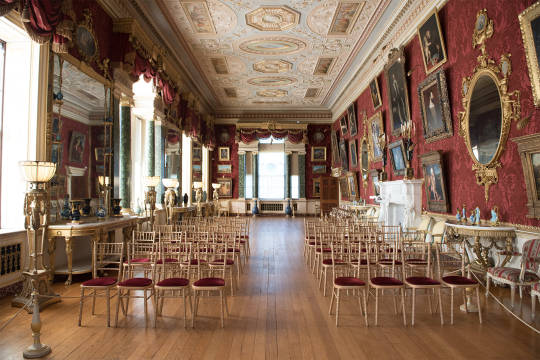
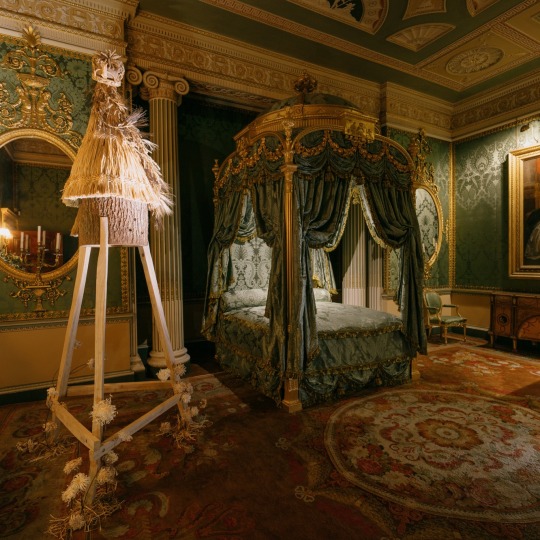
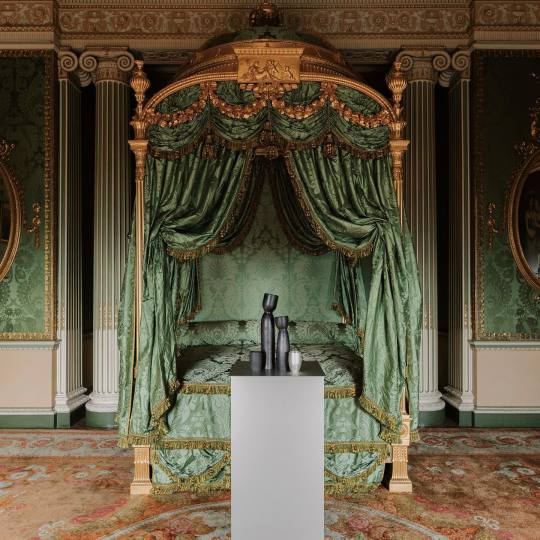
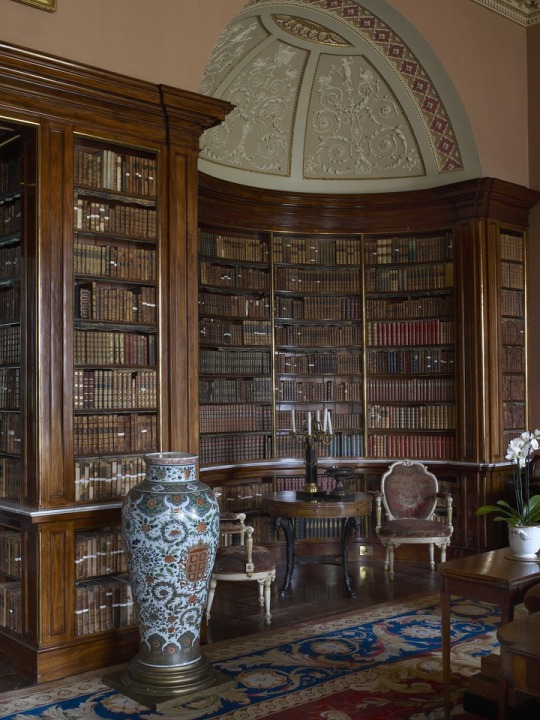
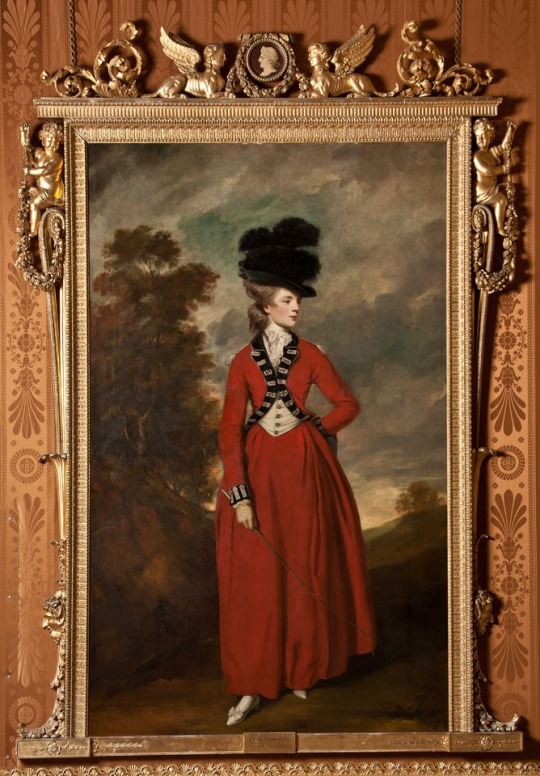


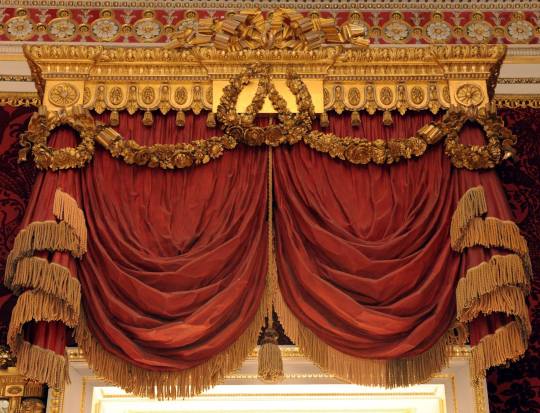


Harewood Manor in England.
~ “Home to the Lascelles family for hundreds of years, Harewood House is a famous landmark in Leeds. However, the grandeur of property harbors a dark and troubled past. In the late 17th century, members of the Lascelles family purchased plantations in the West Indies, and the income generated from these plantations allowed Henry Lascelles to purchase the property in 1738, and his son, Edwin, who was the first Baron of Harew ood and a rich slave, built the house in 1759 and 1771 to replace the original solar that existed on the property. His money initially came from trade, mostly from the sugar plantations in Barbados, which were worked by African slaves. The Lascelles brothers concentrated on their production and export, importing slaves from West Africa to work in the plantations. Edwin was the head of the family since 1786, after his two younger brothers, Daniel and Henry, died two years apart. He built 22 plantations in the West Indies where 3,000 slaves worked. He later died without children and the property then passed to his cousin Edward, who had worked as a customs clerk in Barbados. Edward became Count of Harewood and won the title of Viscount Lascelles in 1812.” ~
1 note
·
View note